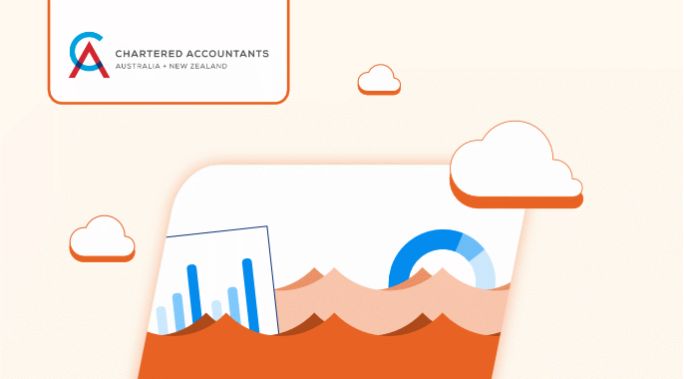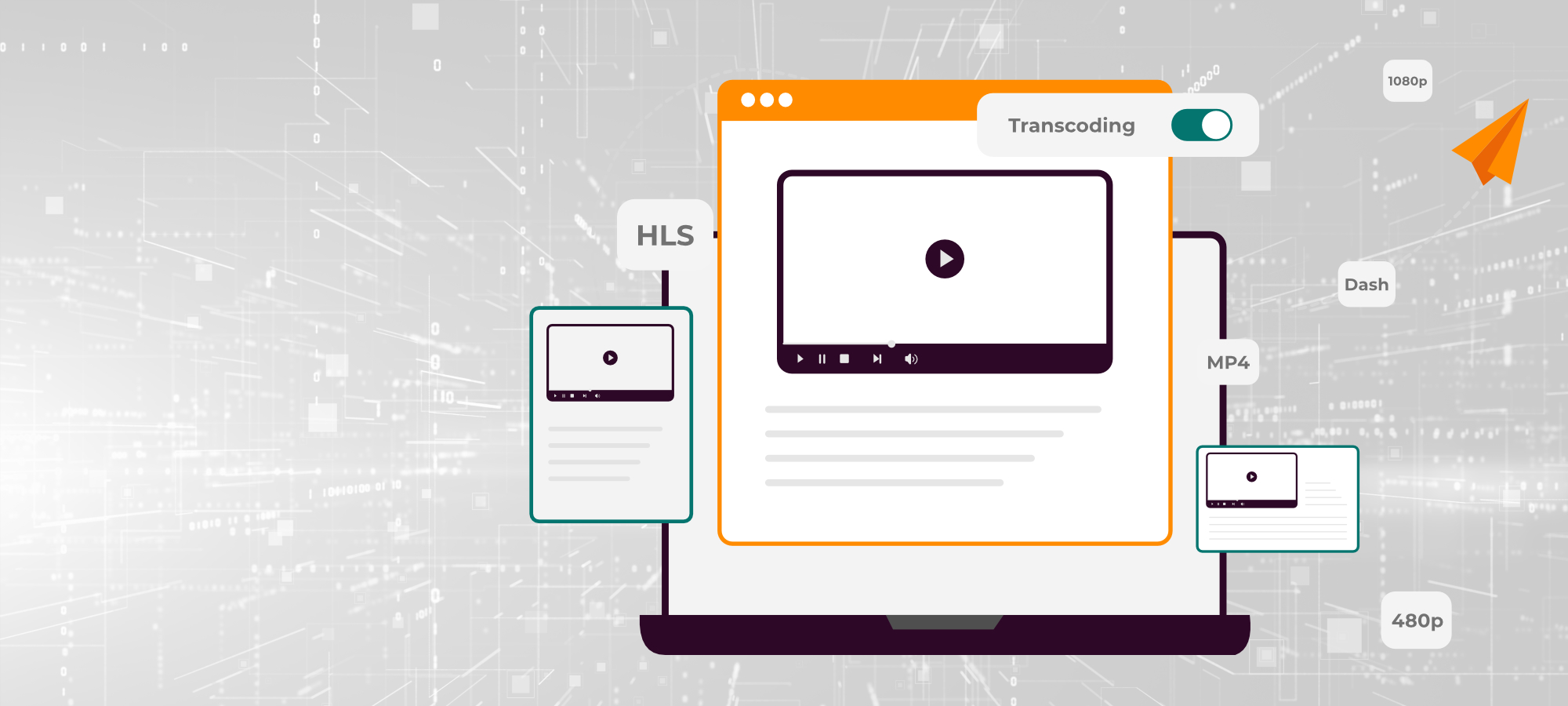About Customer
Offering school administration, learning, and asset/property management software to bring better outcomes for students, the customer is an alliance of around 7 companies. An education industry leader, the customer has presence across 60 countries. With their high-performance applications in learning and education management, which are reliable and rich in features, the customer focuses on shaping the personal learning journeys.
The Challenge
All applications of the customer were deployed on-premises. They wanted to move from single-tenant applications and establish all-in-one, multi-tenant software-as-a-service (SaaS) application, while achieving scalability, reducing cost, and improving user experience. Moreover, the existing applications were monolithic in nature, leading to performance inefficiencies. This further necessitated the implementation of microservices architecture. Their key IT assets were not sized and upgraded to meet immediate business requirements, which made maintaining operational effectiveness a daunting task for the customer.
The Solution
Blazeclan’s team conducted a complete assessment of the customer’s infrastructure. Existing systems were refactored, re-platformed, and re-designed. All applications of the customer were brought together into a single, multi-tenant SaaS model-based application platform, which was deployed on a microservices architecture. This involved
- Creating an IT systems roadmap
- Product strategy
- Practical transformation design
- Mapping out the user interface
- Seamless amalgamation of all products into one
The solution delivered a two-stage transformation design and defined the target state through an execution plan. Stage-I orchestrated the review current applications and architecture even as consolidating their functionalities into one platform. Stage II comprised understanding business imperatives, future trajectory of the transformation strategy, defining the target-state operating model based on potential efficiencies, and strategy implementation.
- Frame – Setting up program management, foundational technology components, tools & processes, and governance across architecture, data, integration, quality assurance, and change adoption.
- Design & Develop – Agile sprints that work on backlogs specific to each product stream.
- Implement – Consolidation, packaging, and release management of the output of sprints, aligning to the high-level plan, and ensuring seamless onboarding, transitioning, and adoption readiness.
- Improve – Ensuring that the implemented product is supported, continuously optimized, and improved to achieve business outcomes effectively.
Benefits Achieved by the Customer
- Multi-Tenant Platform: The new microservices-based SaaS application, with a database having table-level definition, delivered multi-tenancy. This further expedited addition of features as and when required. A higher level of integration capacity was achieved for the cloud infrastructure, which in the long run will reduce fixed costs.
- Consistent CX/UX: The SaaS application was made highly user-friendly, with the minimal click approach and uniform navigation implemented across the system. Chatbot-driven assistant for different user personas, along with an integrated documentation, made adapting to the platform easy for users.
- Data-Driven: Operational dashboards, which provide insights for users as well as the customer, improved business processes and optimized the overall system.
- Cost-Effectiveness: Pay-as-you-go model where unit cost depends on the number of students using the product, along with lower onboarding time, resulted in significant cost savings for the customer.

Tech Stack
| Amazon Cognito | Amazon API Gateway | Amazon ECS |
| Amazon S3 | Amazon RDS | Amazon CloudFront |
| AWS DynamoDB | AWS WAF | Amazon SQS |
| Amazon SNS | Amazon MQ | .Net Core Framework |




















